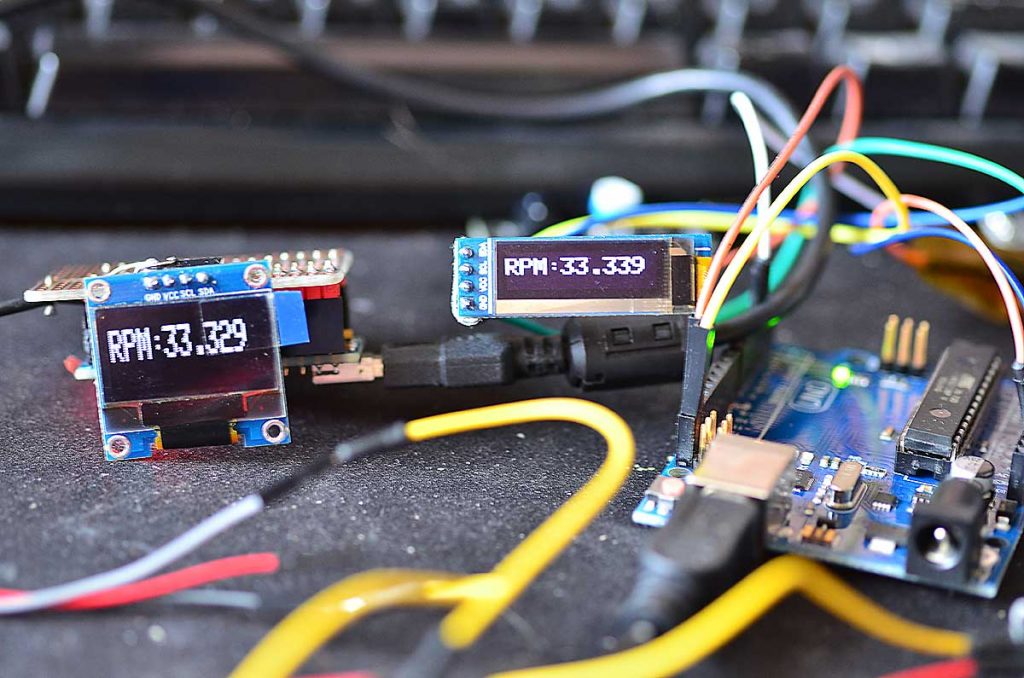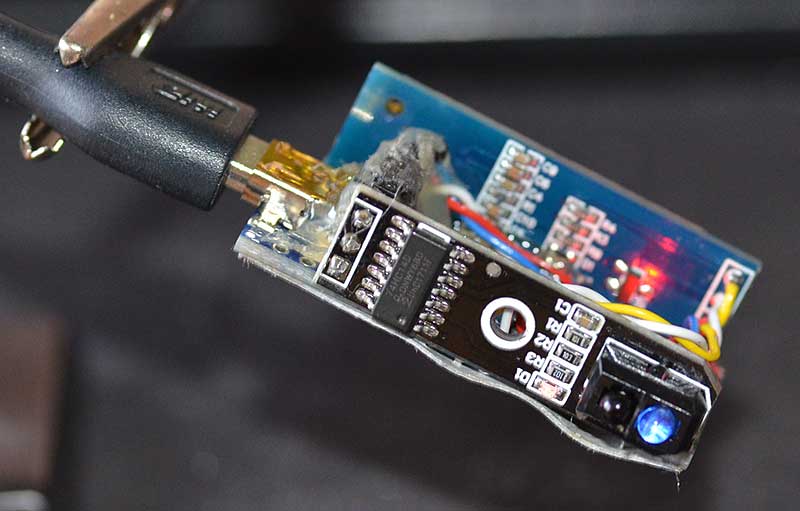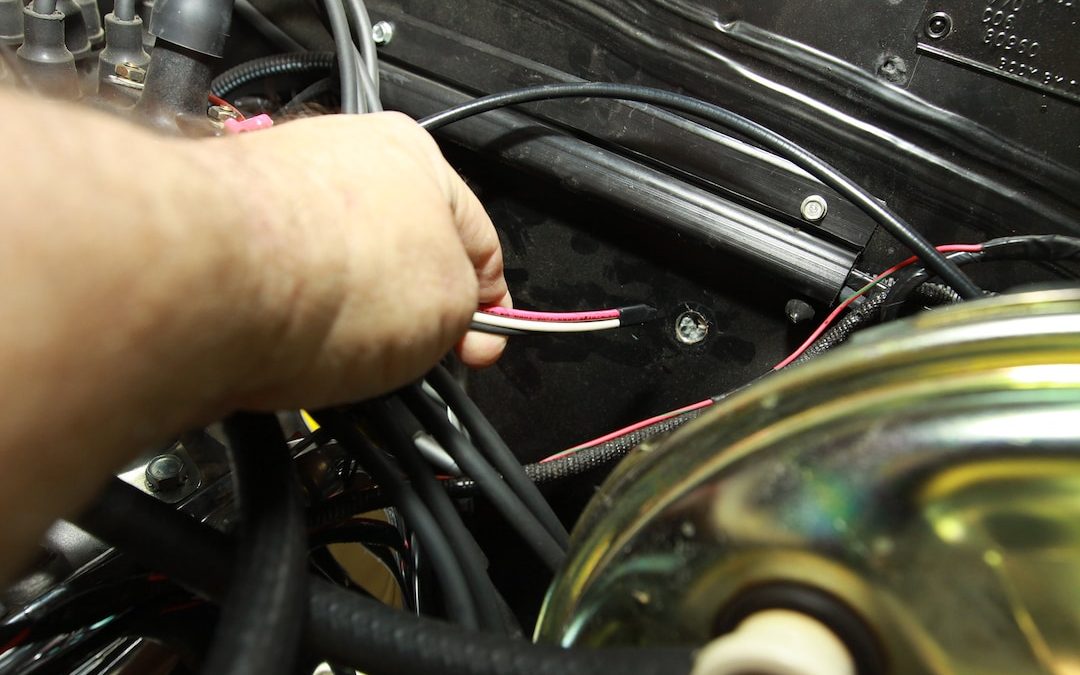The tachometer is an essential instrument in vehicles and machinery, providing real-time information on engine speed. However, when the tachometer starts to fluctuate, it can cause concern. Understanding what causes tachometer to fluctuate is crucial for troubleshooting and ensuring the smooth operation of your vehicle or equipment.

What is a Tachometer?
A tachometer is a device that measures the rotation speed of an engine’s crankshaft. It typically displays results in revolutions per minute (RPM). Tachometers are used in a variety of vehicles, including cars, trucks, and motorcycles, as well as in industrial machinery.
Why is the Tachometer Important?
The tachometer is important because it helps drivers and operators maintain optimal engine performance. It alerts them to potential issues such as over-revving, which can lead to engine damage. Additionally, it helps in achieving fuel efficiency by indicating the best RPM range for shifting gears in manual transmission vehicles.
Common Causes of Tachometer Fluctuations
Understanding what causes tachometer to fluctuate requires a look at several potential factors:
Electrical Issues
One common cause of tachometer fluctuations is electrical problems. Faulty wiring, a weak battery, or a malfunctioning alternator can all result in erratic tachometer behavior. Ensuring that all electrical connections are secure and components are functioning correctly can help resolve this issue.
Sensor Problems
Tachometers rely on sensors to provide accurate readings. If the tachometer sensor is dirty, damaged, or improperly aligned, it can cause fluctuations. Regularly inspecting and cleaning sensors can prevent this problem. This can be particularly important in high-tech automotive applications, where precision is critical. For more information on high-speed inspection solutions, visit high-speed paint and coating inspection.
Engine Control Module (ECM) Issues
The ECM is the brain of the vehicle’s engine management system. A malfunctioning ECM can lead to inaccurate tachometer readings. If you suspect an ECM issue, consulting with a professional mechanic who can perform diagnostic tests is recommended.
Mechanical Problems
Mechanical issues such as worn-out engine components or a slipping drive belt can also cause tachometer fluctuations. Regular maintenance and timely replacement of worn-out parts are essential for preventing these problems.
How to Diagnose and Fix Tachometer Fluctuations
Diagnosing and fixing tachometer fluctuations involves a systematic approach:
Step 1: Check the Electrical System
Start by checking the battery, alternator, and all electrical connections. Ensure that there are no loose or corroded wires. You can use a multimeter to test the voltage and continuity of the electrical components.
Step 2: Inspect the Sensors
Next, inspect the tachometer sensors for any signs of dirt, damage, or misalignment. Cleaning or replacing faulty sensors can often resolve the issue.
Step 3: Examine the ECM
If the electrical system and sensors are functioning correctly, the problem may lie with the ECM. Consult a professional mechanic to perform diagnostic tests and reprogram or replace the ECM if necessary.
Step 4: Check for Mechanical Issues
Finally, inspect the engine for any mechanical problems that could be causing tachometer fluctuations. This includes checking the drive belt, engine components, and performing routine maintenance.
Preventive Measures
Preventing tachometer fluctuations involves regular maintenance and taking care of your vehicle’s electrical, sensor, and mechanical systems. Here are some tips:
Regular Maintenance
Follow the manufacturer’s recommended maintenance schedule. Regularly inspect and replace worn-out parts, and ensure that all electrical connections are secure and free of corrosion.
Clean and Inspect Sensors
Periodically clean and inspect tachometer sensors to ensure they are functioning correctly. This can prevent dirt or damage from causing inaccurate readings.

Conclusion
Understanding what causes tachometer to fluctuate is essential for maintaining the performance and safety of your vehicle or machinery. By regularly inspecting and maintaining the electrical, sensor, and mechanical systems, you can prevent fluctuations and ensure accurate tachometer readings. For further reading on the subject, visit science direct.
